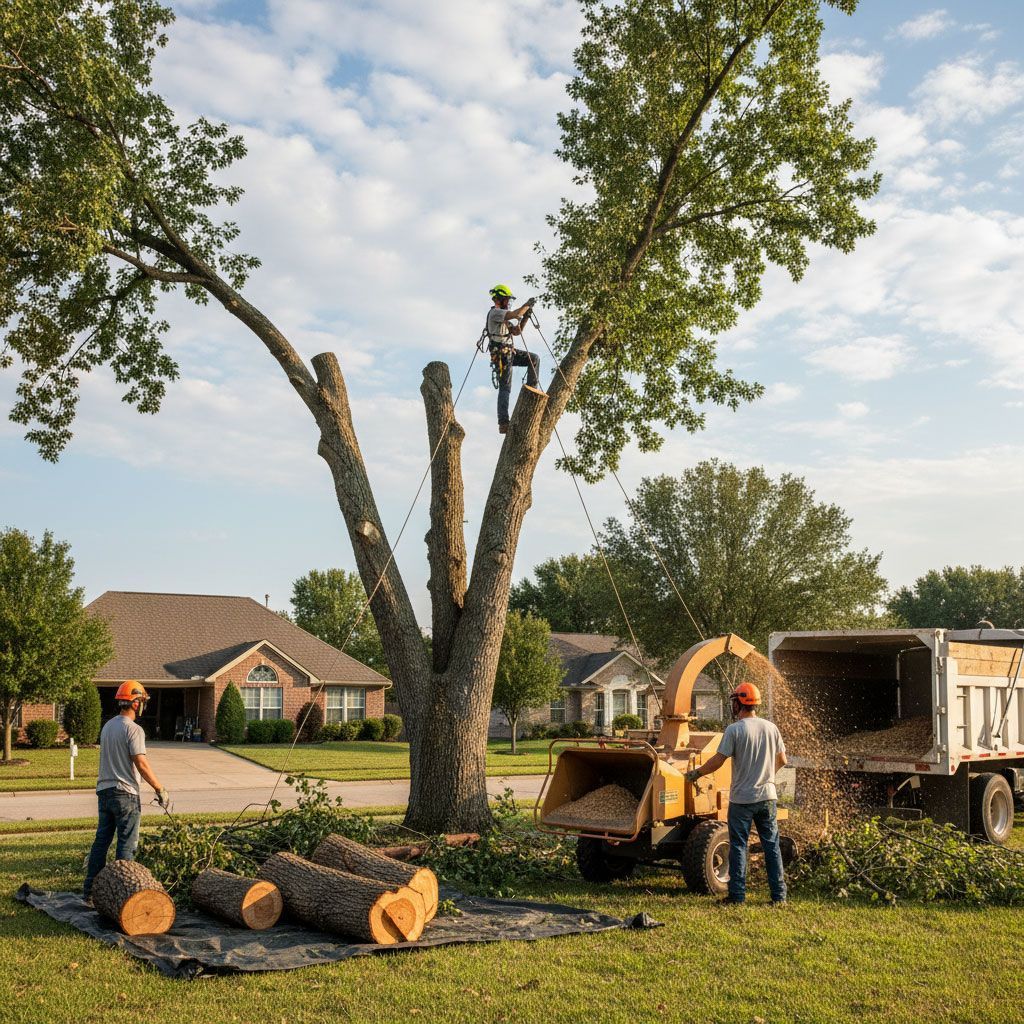Santa Clarita Tree Service
(661) 338-5661

Tree removal may seem like a straightforward project, but in many cities and towns, you can’t just cut down a tree without the proper approvals. Local governments regulate tree removal to protect the environment, maintain community aesthetics, and ensure public safety.
Skipping the permitting process can lead to fines, delays, or even legal issues.
Knowing what permits or approvals you need before removing a tree helps you stay compliant and avoid unexpected complications. By taking the time to research requirements, you’ll save yourself trouble while making sure the project goes smoothly.
Check Local City or County Ordinances
The first step in determining whether you need a permit is to review local regulations. Many municipalities have ordinances that restrict tree removal to preserve green spaces and prevent overcutting.
- Some areas protect trees over a certain trunk diameter.
- Certain species may be classified as “heritage” or “protected.”
- Permits are often required for trees located on public property or near streets.
Understanding local ordinances ensures you know whether approval is necessary. Contacting your city or county office is the quickest way to confirm requirements.
Understand HOA and Neighborhood Rules
If you live in a community with a homeowners’ association (HOA), there may be additional rules regarding tree removal. These rules are designed to maintain neighborhood appearance and consistency.
- HOAs may require written approval before any tree work.
- Some associations have landscaping committees that must review requests.
- Failing to comply could result in fines or disputes with neighbors.
Checking with your HOA before starting work avoids unnecessary conflict. Getting approval also helps keep the community looking well-maintained.
Consider Environmental Protection Regulations
In some areas, environmental laws play a role in whether you can remove a tree. Trees provide habitat, prevent soil erosion, and support overall ecosystem health.
- Wetland areas may restrict tree removal to prevent environmental harm.
- Endangered species habitats often come with strict protections.
- Large-scale removals may require environmental assessments.
By considering environmental rules, you help protect local wildlife while staying compliant with state or federal guidelines. Always verify if special environmental approvals are required before moving forward.
Determine If Utility Companies Must Be Notified
Trees near power lines, water mains, or other utilities may require coordination with the utility provider. Cutting down trees in these areas can be hazardous and may require special permissions.
- Contact your utility company if the tree is close to power lines.
- Underground utilities may need to be marked before removal.
- Some providers will send professionals to assess safety risks.
Notifying utilities in advance reduces the risk of accidents and service interruptions. It also ensures the removal is carried out safely and within legal guidelines.
Work With Licensed Tree Removal Professionals
Professional tree services are familiar with permit requirements and can help you navigate the process. They often handle the paperwork, saving you time and effort.
- Licensed arborists know which permits are needed locally.
- Professionals can provide documentation for HOA or city approvals.
- They ensure removals comply with all safety and legal standards.
Hiring professionals gives you peace of mind knowing everything is done correctly. It also reduces the chance of facing penalties or redoing work due to non-compliance.
Stay Compliant and Protect Your Property
Before starting any tree removal project, it’s essential to understand the permits or approvals required by your city, HOA, or state. Taking the time to research and obtain the right permissions helps you avoid costly mistakes, protects the environment, and ensures your project runs smoothly.
Working with professionals makes the process easier and ensures that all legal and safety requirements are met. By staying compliant, you protect both your property and your community while completing your tree removal responsibly.